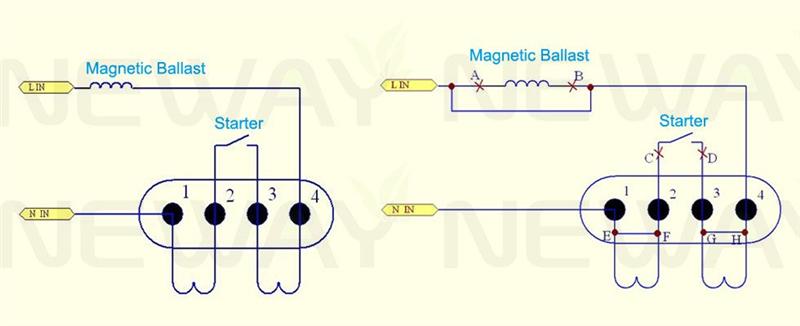I recently replaced the UV lamp in my mum's pond filter. But a few days later I went back to find both filaments completely detached. Not sure what's caused this. It's a 36w PLL lamp. A very very expensive PLL lamp.
I have another new lamp to try. But if the same happens again I'll have to replace the ballast (and order another lamp). The ballast is sealed in a small black box and joined to the lamp holder with 3 core flex. It appears the middle two terminals on the lamp holder are commoned. This presents an issue. All the ballasts I have seen have four terminals with no instruction which terminals can be combined. And it looks very difficult to rewire the lamp holder. Any ideas?
I'll obviously buy a suitable enclosure and glands etc for the ballast.
I have another new lamp to try. But if the same happens again I'll have to replace the ballast (and order another lamp). The ballast is sealed in a small black box and joined to the lamp holder with 3 core flex. It appears the middle two terminals on the lamp holder are commoned. This presents an issue. All the ballasts I have seen have four terminals with no instruction which terminals can be combined. And it looks very difficult to rewire the lamp holder. Any ideas?
I'll obviously buy a suitable enclosure and glands etc for the ballast.


